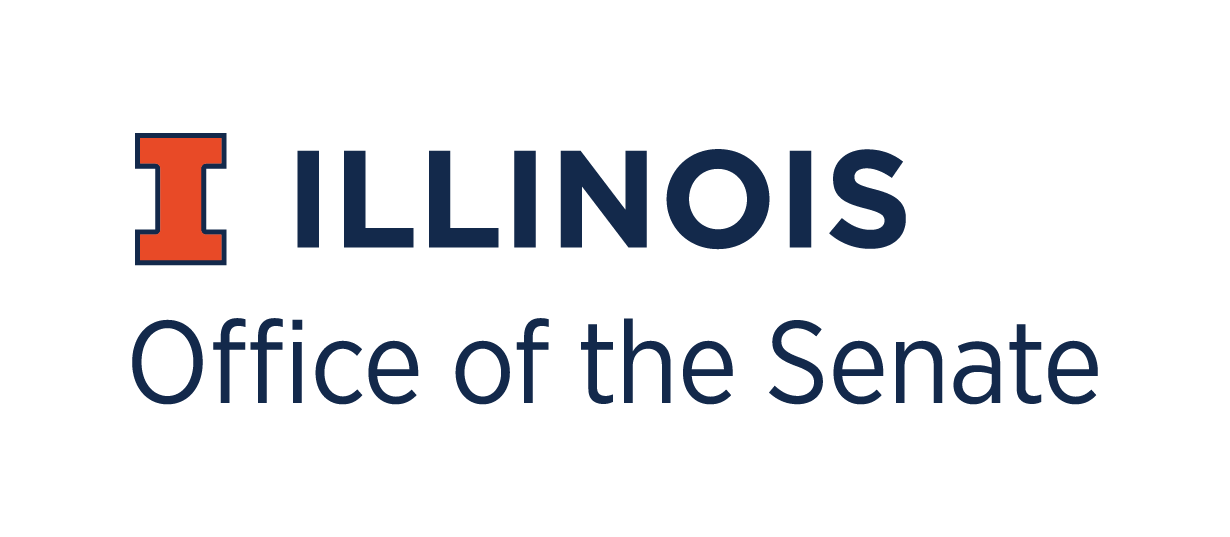HE.07.03
February 19, 2007
University of Illinois
Urbana-Champaign Senate
Final;Information
HE.07.03 Report on the Illinois Board of Higher Education Meeting, October 10, 2006.*
N.B. Material specific to UIUC is normally highlighted as the initial item in the report. But to provide a context for judging comparative salaries and compensation the information relative to UIUC is provided in the context of the report on faculty salaries and compensation, the final item in this report and in the attached IBHE tables.
The BHE met at the University Center of Lake County in Grayslake. Gary Grace, Center Executive Director welcomed the group. The Center offers courses from several providers including the University of Illinois.
Executive Director Erwin announced the recently appointed “Academic Program Review Committee” will be headed by BHE member Elmer Washington and include representatives of public colleges. (Observer’s note: A meeting of the working group on October 9 indicated the BHE staff is struggling with the question of how much “physical presence” educational entities should have in the state to provide higher education and the purpose of the term “physical presence” in the legislation giving authority to the BHE to approve programs. This is related to but separate from issues of quality control and who ensures quality given the varying standards of regional and specialized accrediting agencies.)
In the advisory committee reports, Curtis White, Chair of the Faculty Advisory Council, noted ways faculty are addressing textbook costs, that comparison groups being utilized in the BHE salary survey are outdated, and promised a December report addressing the need for new approaches in teacher preparation. He noted the important role of higher education in improving the quality of life of Illinois citizens beyond its impact on students. BHE member Tazlitz said without actual estimates of cost savings resulting from faculty efforts the examples provided were “meaningless.”
Extended presentations to the Board were made by Sylvia Puente, Director, Metropolitan Initiative, Institute for Latino Studies at the University of Notre Dame, and Jorge Chapa, Director, Center on Democracy in a Multiracial Society, UIUC. The presentations focused on the growing percentage of Latino/Latinas in our society and the critical need to ensure their success in Illinois’ higher education.
The Board moved through approval of new programs at community colleges, independent institutions and public universities despite an objection by SIU to Lindenwood University offering a B.S. and M.S. in Healthcare Management in the Southwestern Region. Innovation Grants for 15 projects were approved as were rules for the nursing school grant program. Updates on various items included progress toward participation in the Midwest Student Exchange Program and other tuition reciprocity agreements.
Of most interest to faculty would be the salaries and fringe benefits report. The all-rank average salary of $70,300 at Illinois public universities was 95.3% of the median salary of comparison group institutions, a decline from the 98% level in fy02. The average cost of fringe benefits per faculty member at public universities is $16,800 or 84.3% of their peer groups. This difference is attributed to the fact that unlike Illinois most states participate in a retirement system and contribute to Social Security. Combining salary and fringe benefits, total faculty compensation at public universities averages $87,600, 92.8% of peer group medians.
Community colleges averaged $60,000 and exceeded medians of average salaries of comparison states by 109.7%. Fringe benefits at community colleges vary widely across the state. Average salaries at independent institutions averaged $84,300, or 106.4% of their comparison groups and, again, fringe benefits vary widely.
Four tables from the report are attached. Table 3 shows average faculty salaries and percentage increases by campus from fy02 to fy06. Table 4 shows weighted average salaries as a percentage of the comparison group means. Table 15 shows weighted average faculty compensation as a percentage of comparison group means and Table 16 shows average fringe benefits by type as a percentage of comparison group means.
The tables show that while UIUC salaries have risen the campus has lost ground in terms of comparison with its peer group from fy02 to fy06, and stands currently at 93.1% of the peer group average salary and 90.9% in total compensation. In terms of benefits, UIUC lags its peer group significantly in retirement and social security benefits at 59.5%. It exceeds its peer group significantly in medical, dental, disability, life and other insurance at l77.4% but is at 25.2% of the peer group average in other benefits such as tuition plans, housing, unemployment and worker’s compensation insurance. (A copy of the report is on file at the Senate Office and available on the IBHE website.)
Ken Andersen
FAC to the IBHE Representative
*This report utilizes materials from the agenda, other reports on the meeting and the meeting minutes since the representative was unable to attend due to recent surgery.
